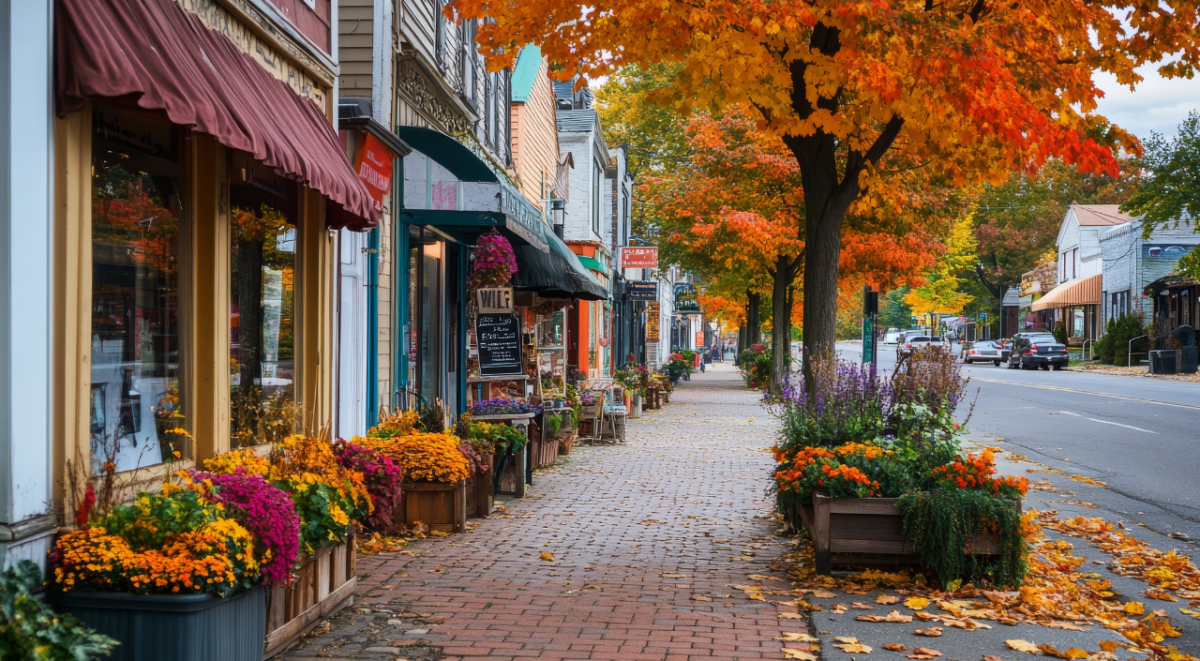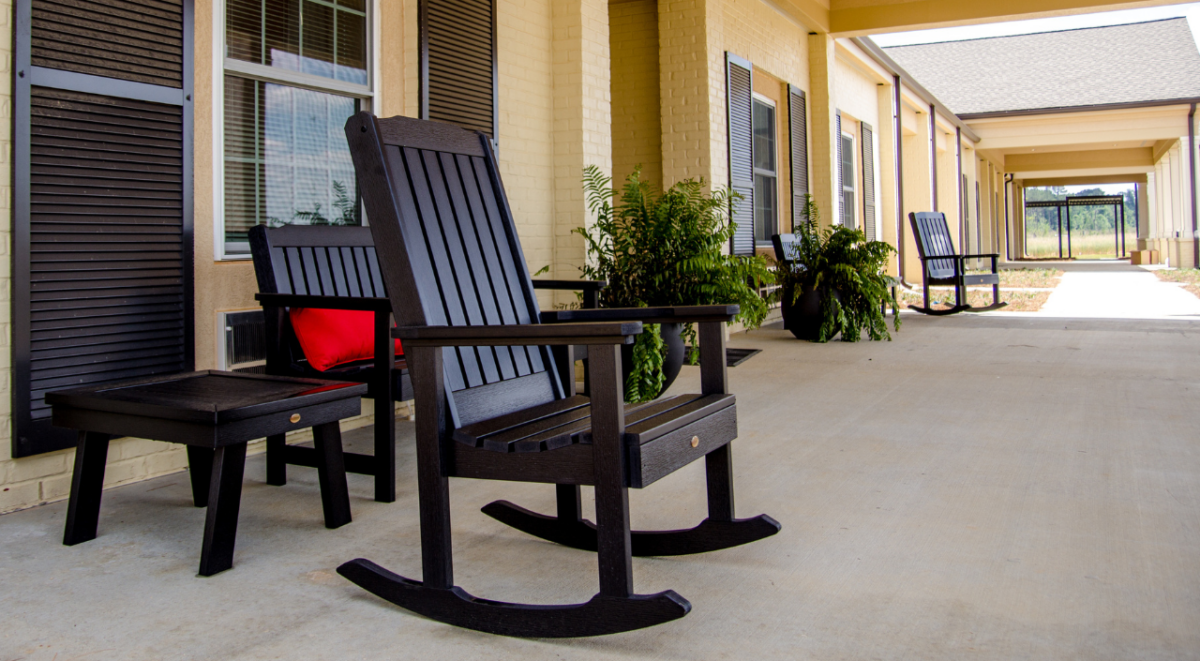Assisted Living Facilities: Navigating Lending Options
As the demand for assisted living facilities continues to grow in the United States, understanding the various financing options available is crucial for developers and operators in this industry. There are numerous commercial financing options on the market for senior care facilities nationwide, however, they serve different purposes and come with distinct advantages.
North Avenue Capital, a nationwide commercial lender specializing in government-guaranteed loans, researched the various lending possibilities for assisted living communities. Here, we compare and contrast three major commercial loan programs for senior living facilities: the USDA Business & Industry Loan Program, the SBA 7(a) Loan Program, and the HUD/FHA Section 232 Loan Program.
An Aging Population
In 2023, the U.S. population consisted of 70.09 million Baby Boomers, making them the second largest generation in America, edged out only by Millenials at 72.7 million. In recent years, the aging of Baby Boomers has been felt via gaps in the workforce as many have already retired. As Baby Boomers, those born between 1946 and 1965, continue to age, the assisted living industry is expected to continue to see significant growth. This means access to quality senior care facilities will be paramount. For entrepreneurs operating in this space, now is the time to grow your business and explore the various commercial loan options available for assisted living facilities in the U.S.
USDA Business & Industry Loans
The USDA Business & Industry Loan Program is under the U.S. Department of Agriculture (USDA) Rural Development Program. USDA B&I Loans are designed to support rural small businesses operating in communities with populations of 50,000 or fewer residents. Find out if your project’s location qualifies as rural by using NAC’s interactive map tool here.
- Loan amount: Up to $25 million. NAC participates in the program with loans starting at $2 million.
- Term: Up to 30 years for real estate, 15 years for equipment
- Interest Rate: Negotiated between lender and borrower, may be fixed or variable
- Guarantee: Loan guarantee percentage for loans approved in fiscal years 2024 and 2025 is 80%
Benefits
- Long-term financing options
- Can be used for a wide range of business purposes including acquisition, expansion, modernization, startups, construction, refinance, working capital, equipment, real estate, etc.
- Lower equity requirements compared to conventional loans
Limitations
- Limit to rural areas, as defined by the USDA
- Complex application process
- Stricter eligibility requirements
SBA 7(a) Loans
The SBA 7(a) Loan Program is a versatile option that can be used for various business purposes, including the acquisition or refinancing of assisted living facilities.
- Loan Amount: Up to $5 million. NAC participates in the program with loans starting at $500,000.
- Term: Up to 25 years for real estate, 10 years for equipment
- Interest Rate: Based on prime rate, negotiated between lender and borrower, can be fixed or variable.
- Guarantee: SBA guarantees up to 85% of loans of $150,000 or less, and up to 75% of loans more than $150,000.
Benefits
- Flexible use of funds, including working capital, equipment, and real estate
- Lower down payment requirements
- Longer repayment terms than conventional loans
Limitations
- Lower maximum loan amount compared to USDA and HUD options
- Personal guarantee required from owners with 20% or more stake.
- Potential for higher interest rates compared to HUD loans.
HUD/FHA Section 232 Loans
The Department of Housing and Urban Development (HUD) offers the Section 232 program, which provides mortgage insurance loans for residential care facilities, including assisted living, memory care, and nursing homes.
- Loan Amount: No maximum, based on project feasibility
- Term: Up to 40 years for new construction or rehabilitation, up to 35 years for existing properties without rehabilitation
- Interest Rate: Typically lower than conventional loans due to government backing
- Loan-to-Value Ratio: Up to 90% (95% for nonprofit organizations) for new construction and rehabilitation projects, up to 85% (90% for nonprofits) for existing projects
Benefits
- Non-recourse loans
- Long loan terms (up to 40 years depending on use)
- Typically offers the lower interest rates compared to USDA B&I and SBA 7(a) loans
- Can be used for new construction, substantial rehabilitation, or acquisition
- No maximum loan amount
Limitations
- Lengthy and complex application process
- Higher upfront costs due to various required studies and reports
- Strict regulatory compliance requirements
Comparison Summary
By understanding these three options, you’ll be better equipped to make an informed decision and secure the financing needed to succeed in the growing assisted living industry. Each loan type has its own set of requirements, benefits, and potential drawbacks, so which loan program is the best financing option for your senior living facility? Well, it depends on your specific capital needs and project location, so let’s compare.
Location
The SBA 7(a) Loan Program and the HUD programs have no geographical restraints. For projects in urban areas needing high loan amounts, the HUD /FHA Section 232 program is the most suitable option. Senior care facilities seeking $5 million or less in financing should consider the SBA 7(a) Loan Program, especially if the business is located outside of a rural community.
High Loan Amounts
The USDA Business & Industry Loan Program and HUD program are ideal for borrowers seeking high loan amounts. With loans up to $25 million, the USDA B&I program is the best option for rural senior living facilities. While the Section 232 program has no set loan maximum and is an attractive option for facilities in urban locations, this loan program has the most complicated application process and compliance regulations of the three programs.
Use of Funds
Taking into account the intended use of funds is a major factor when considering the best financing option for your assisted living facility. USDA B&I and SBA 7(a) loans provide the widest range of eligible fund uses. While HUD loans can be used for construction, rehabilitation, and business acquisition projects, USDA and SBA loans can be used for real estate purchases, working capital, purchasing equipment, refinancing existing debt, etc.
Conclusion
Each of these loan programs offers unique advantages for financing assisted living facilities. USDA B&I Loans are excellent for rural projects requiring larger loan amounts, while SBA 7(a) Loans offer flexibility and are suitable for smaller projects or those needing working capital. HUD/FHA Section 232 Loans provide the longest terms and often the lowest rates, making them ideal for large, long-term investments. The choice between these three programs depends on factors such as project location, size, borrower preferences, and specific capital needs. Prospective borrowers should consult with experienced lenders, like North Avenue Capital, to determine the best fit for their assisted living facility project.


